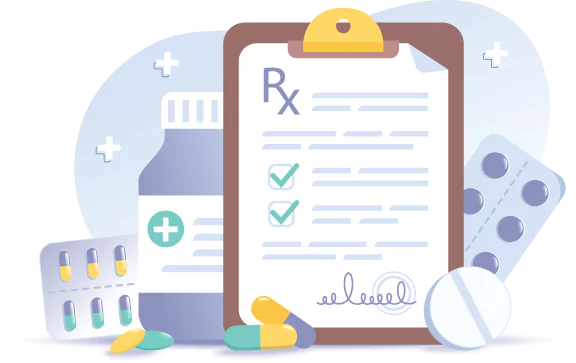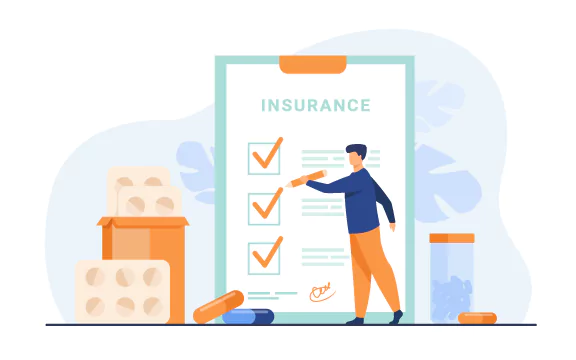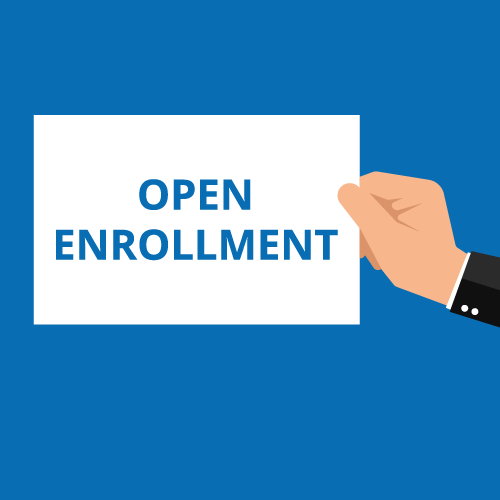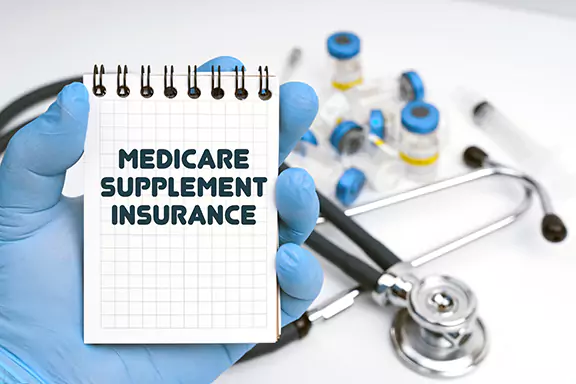If you are enrolled in Medicare and are concerned about how to manage your prescription drug costs effectively, it is important that you have a full understanding of Medicare Part D.
As an essential component of the Medicare system, Part D is designed to help beneficiaries like yourself afford the medications required to meet your health needs.
So whether you are new to Medicare or exploring your options, this guide will provide you with the essential information you need about this section of the program and how it can benefit you.

Medicare Part D is Medicare’s prescription drug coverage. It is an optional program created to help you manage the costs of your prescription medications, making them more accessible and affordable. Unlike Original Medicare (Parts A and B), Medicare Part D is provided by private insurance companies that are approved by the federal government. This means you need to actively enroll in a Part D plan if you want prescription drug coverage.
To enroll in Medicare Part D, you must first be enrolled in Medicare Part A and/or Part B. It is available to everyone who qualifies for Medicare, regardless of income, health status, or the amount you spend on prescription drugs. If you have Medicare Part C, also known as a Medicare Advantage Plan, it might include Part D coverage as well.
Standalone Prescription Drug Plans (PDPs) are designed to add drug coverage to your Original Medicare benefits. These plans are offered by private insurance companies and require you to pay a separate monthly premium. PDPs are a good option if you prefer the benefits provided by Original Medicare and want to supplement it with comprehensive prescription drug coverage.
Medicare Advantage Prescription Drug Plans (MAPDs) bundle your Medicare Part A, Part B, and Part D coverage into a single plan offered by private insurance companies. These plans often come with additional benefits not covered by Original Medicare, such as dental, vision, and hearing coverage. If you prefer an all-in-one solution that includes prescription drug coverage along with other health benefits, a MAPD might be the right choice for you.
Choosing between a PDP and a MAPD depends on your specific healthcare needs and preferences. If you are satisfied with Original Medicare coverage and only need prescription drug coverage, a standalone PDP might be best. If you want additional health benefits and a more integrated plan, consider Medicare Advantage Plans.


Medicare Part D covers a wide range of outpatient prescription drugs. Each Part D plan has a list of covered drugs known as a formulary. The formulary includes both generic and brand-name drugs.
However, it’s important to note that not all drugs are covered by every plan. Medicare requires Part D plans to cover certain categories of drugs, especially those used to treat serious conditions like cancer or HIV/AIDS.
Formularies are divided into tiers that determine your out-of-pocket costs. Typically, lower tiers include generic drugs and have lower copayments, while higher tiers include brand-name and specialty drugs with higher copayments or coinsurance.
Understanding which tier your medication falls into can help you more accurately estimate your prescription drug costs.
If a drug you need isn’t on your plan’s formulary, you can ask for an exception or consider switching plans during an enrollment period.
When you enroll in a Medicare Part D plan, you’ll pay a monthly premium for your prescription drug coverage. The amount varies based on the plan you choose and can be influenced by your income. If you have a high annual income, you might pay an additional premium known as the Part D income-related monthly adjustment amount (IRMAA).
Most Medicare Part D plans have an annual deductible, which is the amount you must pay out-of-pocket for your prescriptions before your plan starts to share the costs. The deductible amount can vary by plan, but it cannot exceed the maximum set by Medicare, which is $545 in 2024.
After you meet your deductible, you will pay either a copayment (a fixed amount) or coinsurance (a percentage of the drug cost) for each prescription. The amount you pay depends on the drug’s tier in your plan’s formulary. Lower-tier drugs generally have lower costs for copayments or coinsurance.
With the new legislation that starts in 2024, there will be significant changes to out-of-pocket costs for certain drugs. Starting this year (2024), the Inflation Reduction Act eliminates the 5% coinsurance requirement above the catastrophic coverage limit. Then in 2025, there will be a $2,000 cap on out-of-pocket spending for prescription drugs. These changes mean you’ll have more predictable costs for your medications throughout the year.
Understanding these costs and how they apply to your specific situation is crucial for managing your healthcare budget. In the next sections, we’ll cover topics including the Part D coverage gap (also known as Medicare Donut Hole), how to enroll in Medicare Part D, and what financial assistance options are available to you.


The Medicare Donut Hole, or the Part D coverage gap, is a phase in your Medicare Part D plan where you may have to pay more out-of-pocket for your prescription drugs. In 2024, this coverage gap begins after you and your plan have spent $5,030 on covered drugs. During this phase, instead of paying the usual copayment or coinsurance, you will pay up to 25% of the cost for both brand-name and generic drugs.
The coverage gap ends when your out-of-pocket spending reaches $8,000 in 2024. At this point, you enter the catastrophic coverage phase, where you pay significantly lower copayments or coinsurance for the rest of the year. It’s important to note that starting in 2024, the 5% coinsurance requirement above the catastrophic limit is eliminated. By 2025, there will be a $2,000 cap on out-of-pocket spending, providing additional financial relief.
Understanding the Donut Hole and how it affects your drug costs can help you better manage your expenses and avoid unexpected costs. Keep track of your spending to know when you might enter or exit the coverage gap.
Enrolling in Medicare Part D involves gathering the necessary information and reaching out to a licensed agent who can help you find a plan that best fits your needs. Here’s a simple guide to help you through the process:
Determine Your Needed Medications and Budget
Start by making a detailed list of the prescription drugs you take regularly. Include specific dosages and manufacturers to ensure you have all the details.
Consider your budget for premiums, deductibles, and copayments. Knowing your financial parameters will help you and your agent find a plan that matches your needs.
Consult a Licensed Agent
With your list of medications and budget in hand, reach out to a licensed Medicare agent. An agent can provide personalized assistance, helping you compare different plans and understand the nuances of each.
Discuss your medication needs and financial situation with the agent. They can help you navigate the complexities of Medicare Part D and find a plan that covers your prescriptions at the most affordable cost.
Note: These agent consultation are free of charge. Licensed agents are not permitted by law to charge a service fee.
Enroll in Your Preferred Plan
Once you and your agent have identified the best plan, the agent can assist you with the enrollment process. This can be done online, over the phone, or by mailing a paper enrollment form.
Ensure you have your Medicare number and Medicare card available to provide the necessary information during enrollment.
By working with a licensed agent, you can feel confident that you’re choosing the right Medicare Part D plan for your healthcare needs. They can help you understand your options and guide you through the enrollment process smoothly.
Or dial toll free at 888-888-8380


If you’re struggling with the costs associated with Medicare Part D, the Medicare Extra Help program might be a valuable resource. Extra Help is designed to assist individuals with limited income and resources by covering monthly premiums, annual deductibles, copayments and other costs related to Medicare Part D.
To be eligible for Extra Help, you must meet specific income and resource limits. In 2024, the Full Extra Help program allows you to access Part D coverage with a $0 premium, $0 deductible, and copayments of up to $11.20 for brand-name drugs and up to $4.50 for generic drugs.
Applying for Extra Help can significantly reduce your out-of-pocket expenses and provide you with peace of mind.
In addition to Medicare Extra Help, there are several other programs available to assist with prescription drug costs:
State Pharmaceutical Assistance Programs (SPAPs): These state-run programs help residents pay for prescription drugs. Eligibility and benefits vary by state, so check with your state’s SPAP for details.
Medicaid: This joint federal and state program can help cover health costs, including prescription drugs, for individuals with limited income and resources.
Manufacturer and Nonprofit Patient Assistance Programs: These programs, offered by drug manufacturers and nonprofit organizations, can provide financial assistance or free medications to those who qualify.
Exploring these options can help you find additional support to manage your prescription drug costs effectively.


Understanding Medicare Part D is essential for managing your prescription drug costs and ensuring you have the necessary coverage. From learning about what Medicare Part D covers to understanding the costs involved and how to enroll, being informed will help you make the best decisions for your healthcare needs.
Medicare Part D provides valuable prescription drug coverage, but it’s important to choose the right plan that fits your specific needs. Whether you opt for a standalone Prescription Drug Plan (PDP) or a Medicare Advantage Prescription Drug Plan (MAPD), knowing the details will help you maximize your benefits.
Additionally, don’t forget about financial assistance programs like Medicare Extra Help, SPAPs, Medicaid, and patient assistance programs. These resources can significantly reduce your out-of-pocket expenses and make your medications more affordable.
For personalized assistance, consider reaching out to a licensed Medicare agent who can help you compare plans and guide you through the enrollment process. Their expertise can ensure you select a plan that meets your healthcare and financial needs.
Stay informed, review your plan options annually, and adjust your coverage as needed to ensure you have the best possible prescription drug coverage through Medicare Part D. If you have any questions or need further assistance, contact a Medicare advisor today.
Or dial toll free at 888-888-8380





